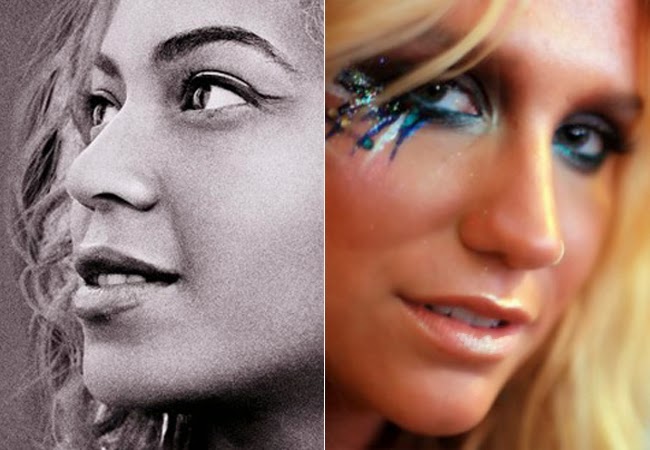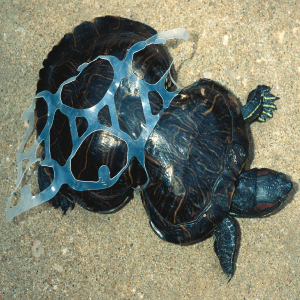Being A Zookeeper
 Hi
there kids, I’m Irene I work here at the zoo(1). I hope you can help me here at
the zoo. We’re going to go talk about and take care of some important friends
of mine. There are some animals here that are very healthy, and some that are
not doing so well out in their homes, also some animals that don’t live here on
Earth animal.
Hi
there kids, I’m Irene I work here at the zoo(1). I hope you can help me here at
the zoo. We’re going to go talk about and take care of some important friends
of mine. There are some animals here that are very healthy, and some that are
not doing so well out in their homes, also some animals that don’t live here on
Earth animal.
The first
couple of stops we’re going to make are the animals that are doing great in
their homes. The first animal we’re going to take care of is the American
Alligator (2), these guys have been around for a very long time. They live in
swaps and they like warm weather.
 Let’s
move onto the National bird, do you guys know what that bird is? Your right it’s
the American bald eagle. These guys weren’t doing too well in their homes but we
took care of them and now they are all over the United States. They are the
best kinds of birds to have around the area. Why they were on the list the first
time is because they couldn’t lay eggs without having them break when they would
sit on the eggs to keep them warm so they could have baby birds.
Let’s
move onto the National bird, do you guys know what that bird is? Your right it’s
the American bald eagle. These guys weren’t doing too well in their homes but we
took care of them and now they are all over the United States. They are the
best kinds of birds to have around the area. Why they were on the list the first
time is because they couldn’t lay eggs without having them break when they would
sit on the eggs to keep them warm so they could have baby birds.  Ok zoo keepers lets go to the do you know what
an animal called when they are on the endangered list. This means that the
animals are not doing too well in their homes. We are going to go see some of
these animals. The animal that we are going to see is a black footed ferrite (3).
This little guy is on the endangered list so we are helping him get better so
we don’t lose him and his friends. Want to go see some other areas in the zoo?
Great come on we are going to go see what the scientists are doing.
Ok zoo keepers lets go to the do you know what
an animal called when they are on the endangered list. This means that the
animals are not doing too well in their homes. We are going to go see some of
these animals. The animal that we are going to see is a black footed ferrite (3).
This little guy is on the endangered list so we are helping him get better so
we don’t lose him and his friends. Want to go see some other areas in the zoo?
Great come on we are going to go see what the scientists are doing.
The scientist that are here in the zoo to look at some
animal bones. These animal bones are so we can see what animal this was before
it left the earth. And when they find out bones they are we see where this
animal lived and what the place was like. We don’t want any more animals to
leave the earth from something bad happening to them. The animal that the
scientist are looking at looks like a fish (4).
Well
this looks like the end of our fun time together. I hope you learned a lot about
our animals. We need to take care of these animals that are here on earth. The ways
that we can help is to take care of the earth. You guys were great zoo keepers
today. Thank you for coming to the zoo.
Work cited
1). http://www.preschool-plan-it.com/zoo-theme.html
2).http://www.tpwd.state.tx.us/huntwild/wild/species/americanalligator/
3). http://gifts.worldwildlife.org/gift-center/gifts/Species-Adoptions/Black-footed-Ferret.aspx
4).
http://www.fanpop.com/clubs/fossils/images/22216858/title/fossils-wallpaper
http://www.fanpop.com/clubs/fossils/images/22216858/title/fossils-wallpaper






















